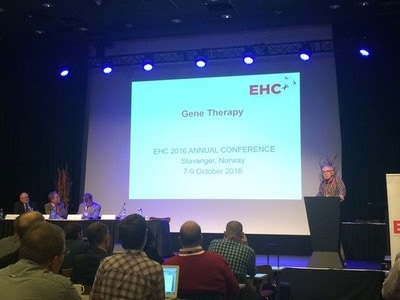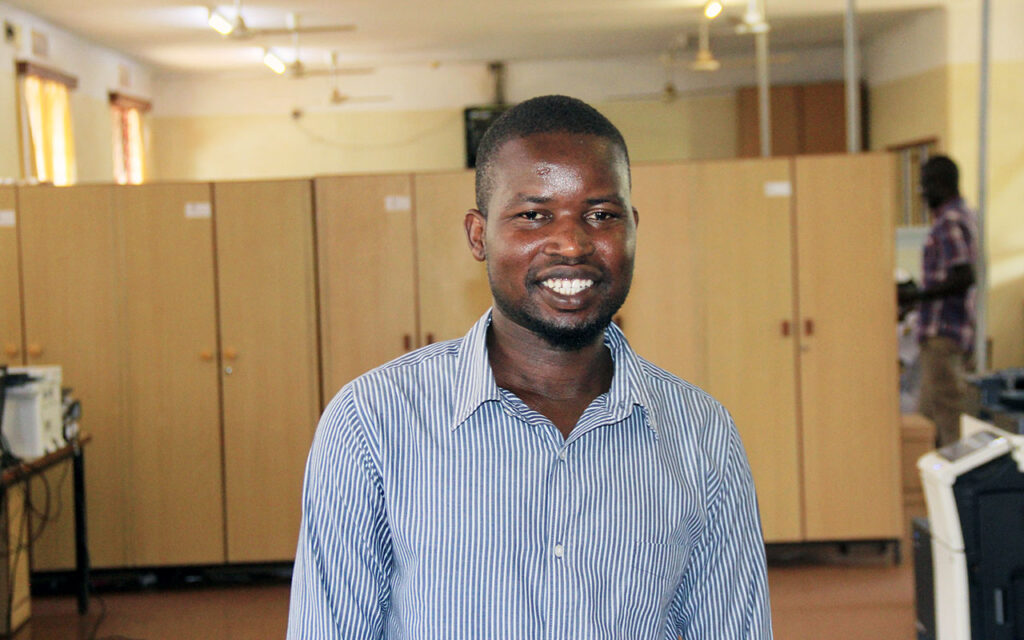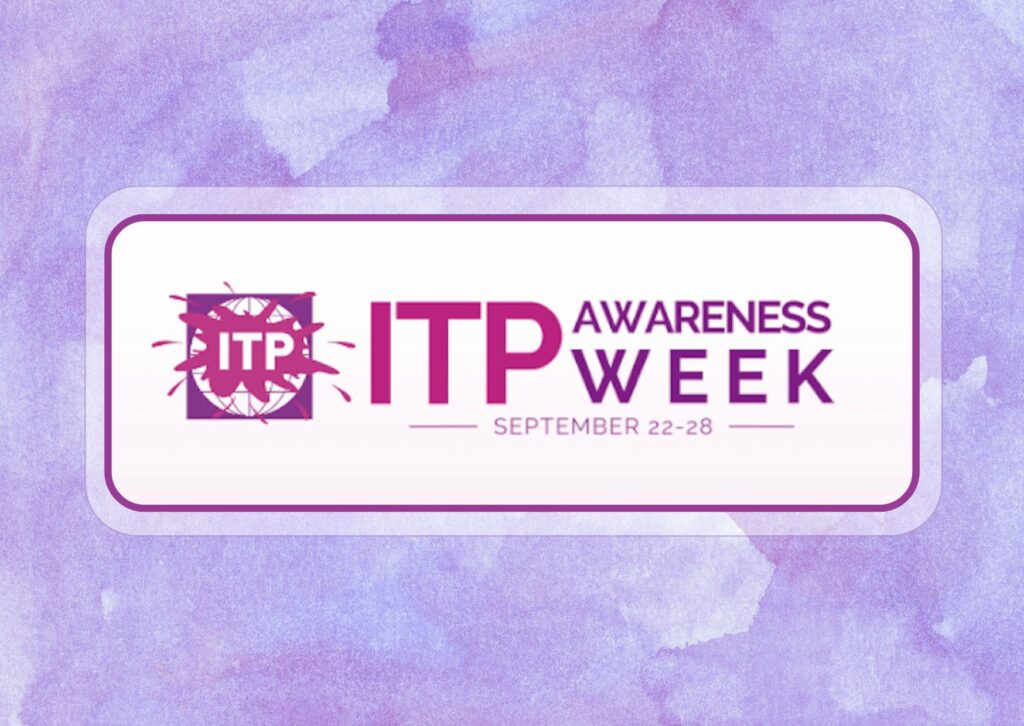What sort of future should we create for haemophilia?
Perhaps it was just the clean, crisp Nordic air but last month’s European Haemophilia Consortium (EHC) opened with a real sense of hope and optimism. For some, it was the realisation that we are on the cusp of a new era of haemophilia management. For others, there was the growing sense of unity amongst the international bleeding disorder community.

EHC is an umbrella organisation representing 45 national patient groups of people with rare bleeding disorders from across Europe. It chose Norway, the land of fjords, for its 29th Annual Conference. Stavanger, the self-styled “energy capital of Norway” played host to three days of workshops, debates and symposia focusing on breakthroughs in haemophilia treatment and the future expectations of care for patients.
Opening the conference, Professor Pål André Holme, Professor of Haematology at Oslo University Hospital, gave an overview of haemophilia services in Norway. Oslo boasts the country’s only comprehensive care centre, so how do patients in the remotest parts of Norway manage their condition? Nurses, of course, play a pivotal role in supporting patients and their families through home visits and as Professor Holme noted with Nordic understatement, “they travel a lot!” For Norwegian patients, self-management is a necessity rather than a choice.
Offering an update on treatment for patients with von Willebrand disease (VWD), Professor Mike Laffan of Imperial College London spoke about the potential availability and use of the first recombinant factor. There was discussion around dental care and whether or not VWD plays a part in gum disease (for example, not cleaning teeth properly for fear of bleeding gums). Dr Alison Dougall of Dublin Dental University Hospital, Ireland said: “Unless the clinical team is probing the patient to take action, problems with teeth and gums are inevitable.” This could be the case for all bleeding disorders if left unchallenged.
Gene therapy offers perhaps the ultimate treatment advance. Professor Edward Tuddenham, Emeritus Professor of Haemophilia at University College London, showcased positive early results from clinical trials of gene transfer. Some patients in haemophilia B trials have maintained blood clotting factor levels for up to 5 years. With trials now underway in haemophilia A patients, Professor Tuddenham said, “a cure of haemophilia A by gene transfer no longer remains unattainable but there are still questions to answer.”
The session on inhibitors drew heated debate, specifically around the SIPPET study. It had attempted to resolve the question of whether or not plasma-derived and recombinant products are associated with a different risk of inhibitor development in previously untreated patients. Professor Flora Peyvandi presented her findings but many in the audience remained sceptical, suggesting that this long-standing controversy is far from resolved.
The conference ended with discussion around the future of haemophilia care. For many in developed countries, the imminent availability of extended half-life factor concentrates potentially offers improvements in quality of life. Yet for many across the world, the burdens associated with bleeding disorders remain only too prevalent, with substantial disparities in access to good haemophilia care. Mark Skinner, former President of the World Federation of Hemophilia, offered a rallying cry for all treaters: “The goal of treatment is not simply to add years to a person with haemophilia’s life but to add life to their years!”
They say the best way to predict the future is to create it. This was my first time at EHC. I hope the optimism on display in Stavanger will translate into positive developments at next year’s conference in Lithuania.
About the author
Laurence Woollard is a project officer at Haemnet and a youth ambassador with The Haemophilia Society


